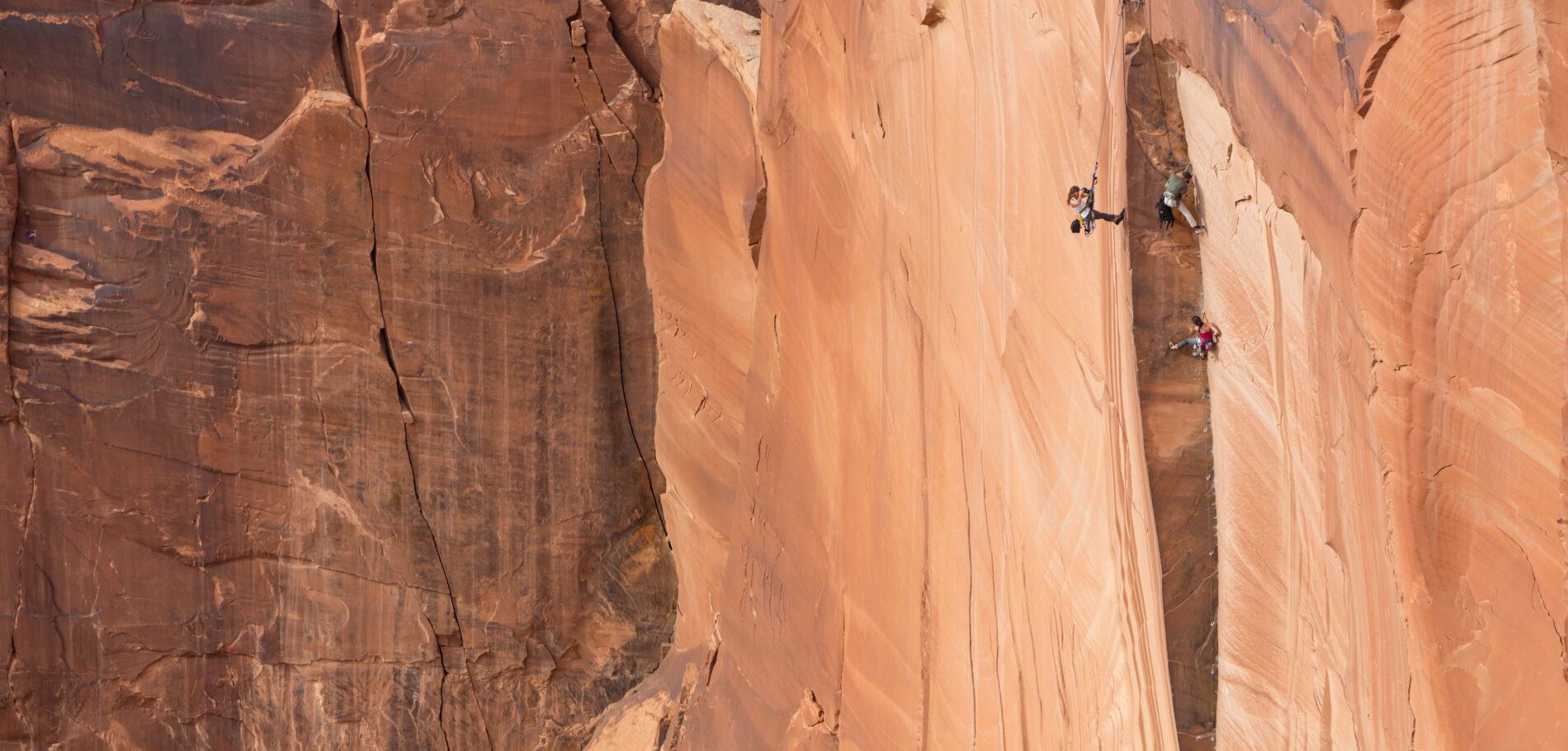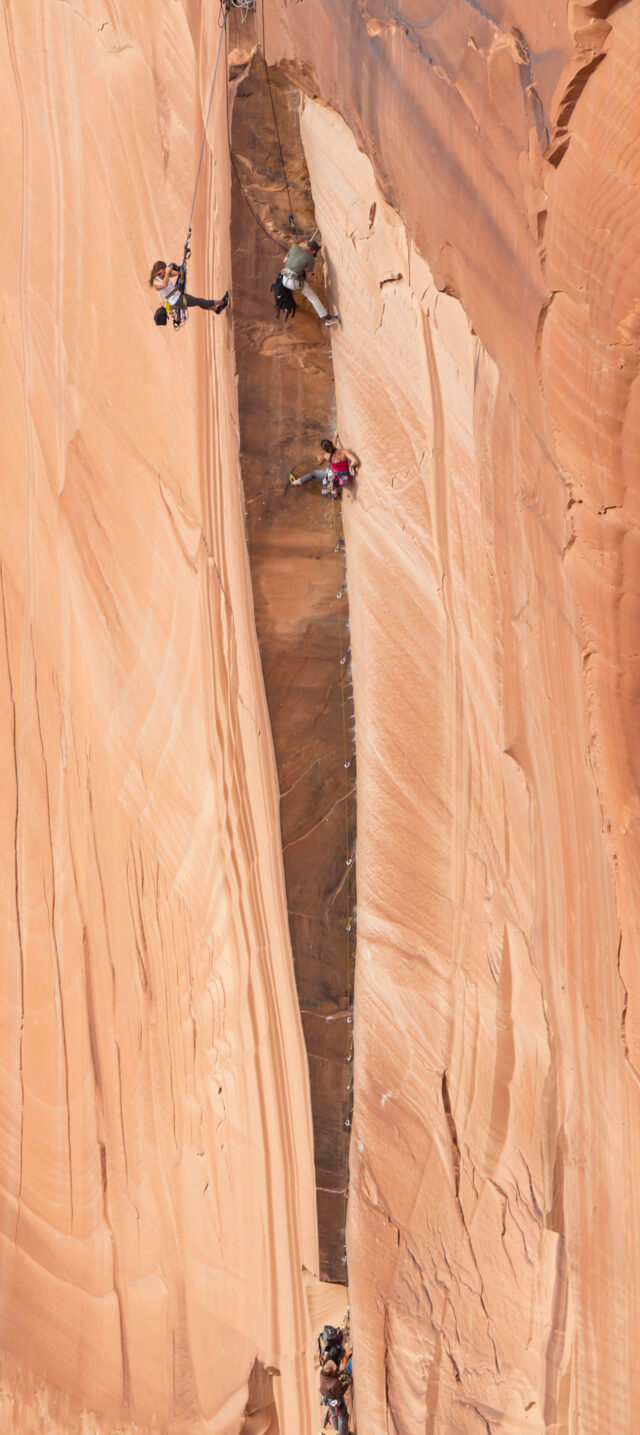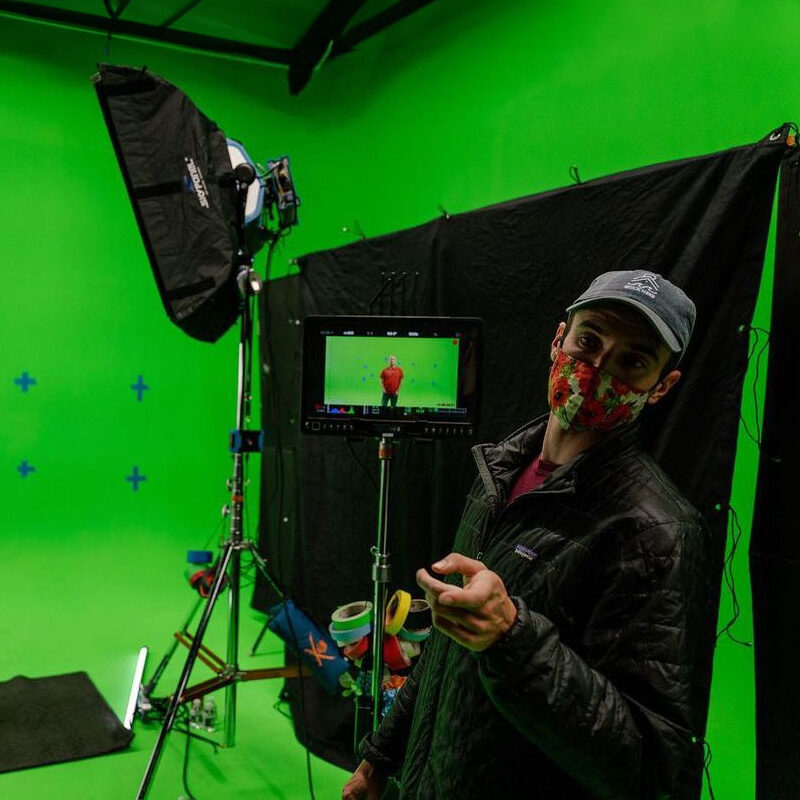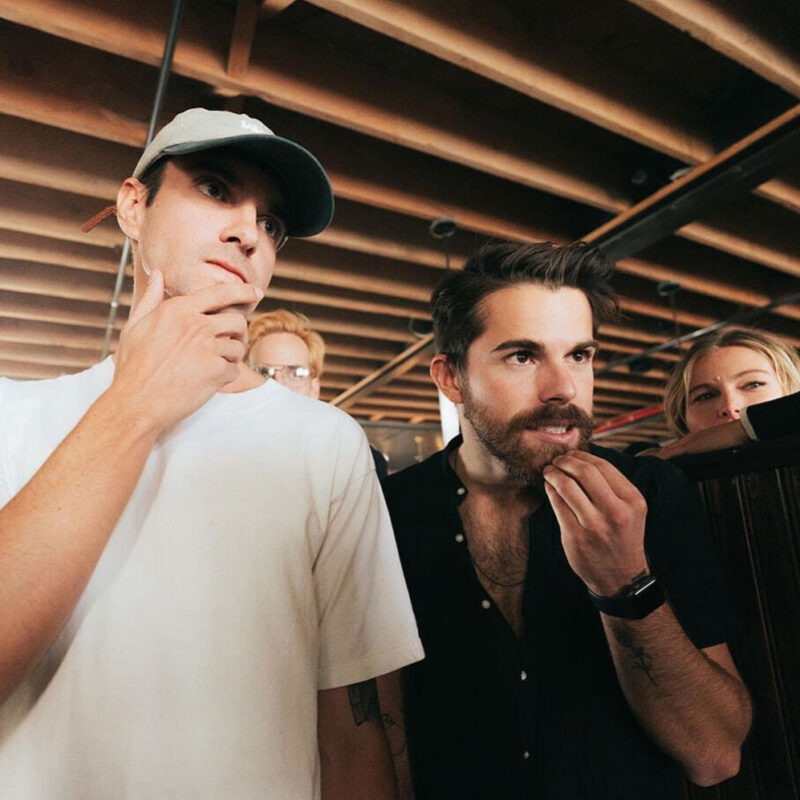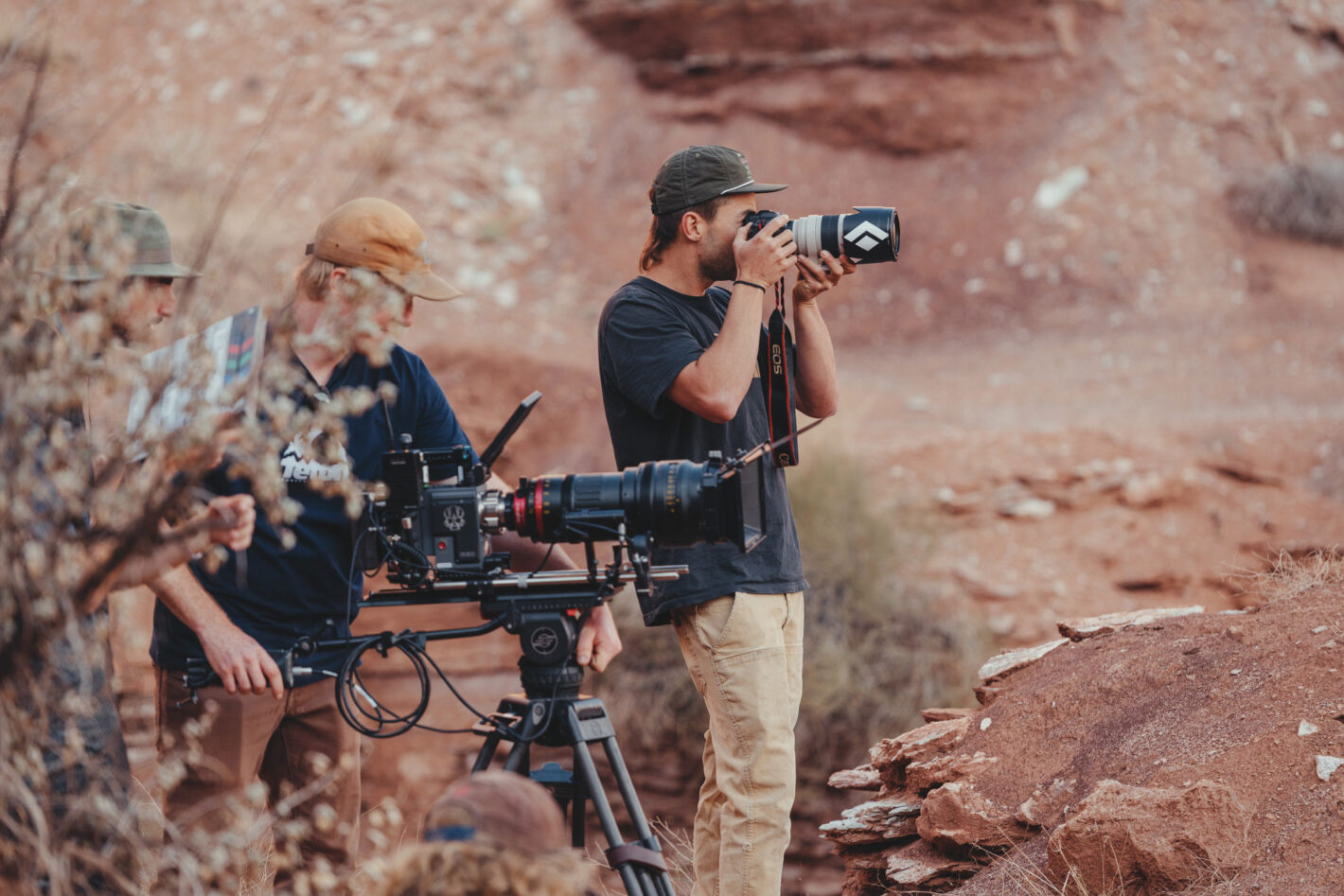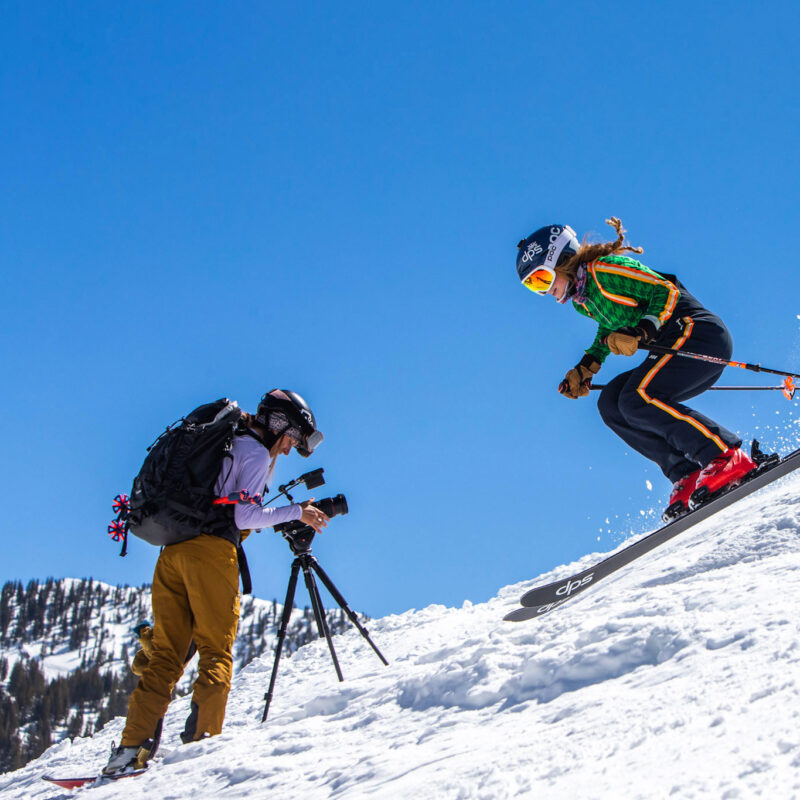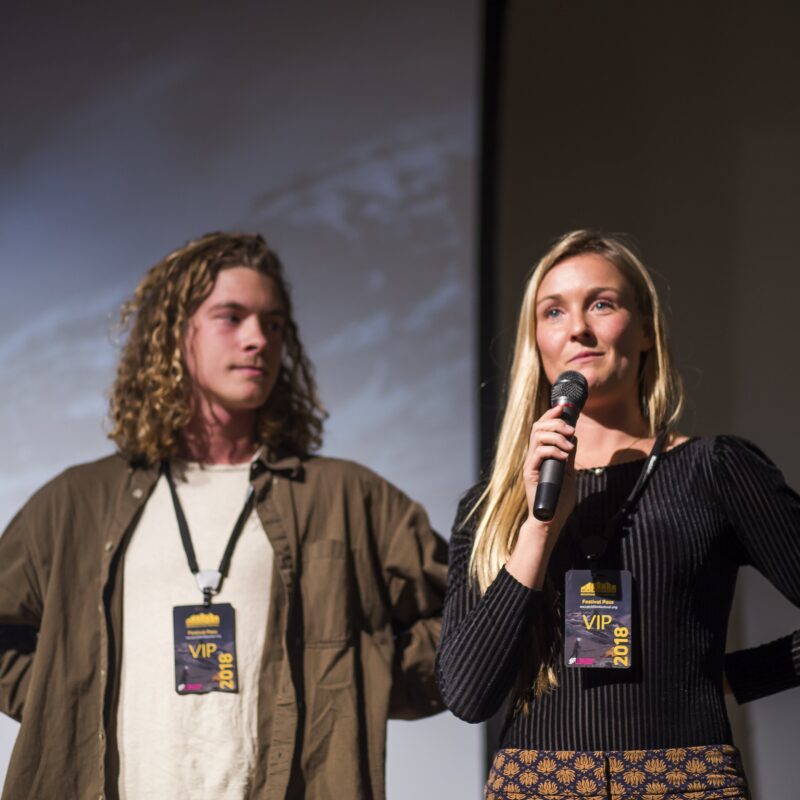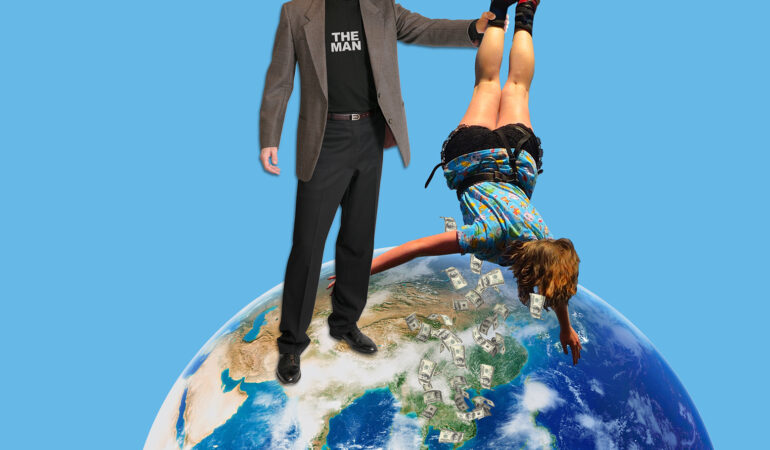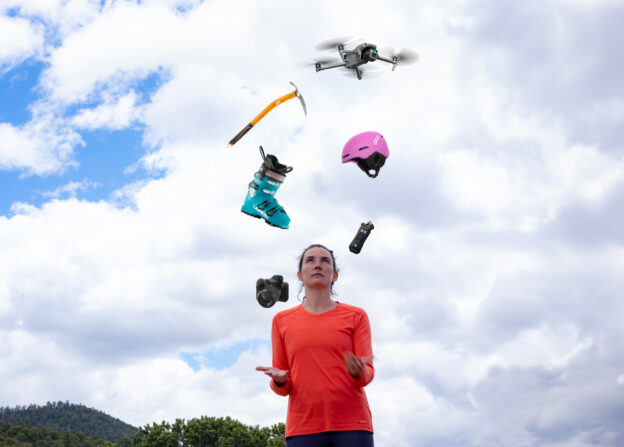In 2020, Phil Hessler, Galen Knowles and Cole Sax, three filmmakers who live in Salt Lake City, Utah, began working on World Debut, a documentary chronicling how skateboarding, surfing, and sport climbing grew from fringe pursuits to Olympic sports. Over the course of a year, the trio crisscrossed the United States, filming sports legends like skateboarder Tony Hawk and climber Emily Harrington, as well as influential figures like Fernando Aguerre, the co-founder of Reef Footwear and the biggest proponent of surfing becoming an Olympic sport.
After hunkering down in SLC to finish post production, the team was able to sell the film to YouTube Originals for an undisclosed price. “It was one of the premier sports documentaries that was released around the Olympics,” says Sax. “And it wouldn’t have happened if not for the fact that SLC has turned into a place where filmmakers want to live, and where collaboration is easy.”
The three creatives had met each other six years earlier. Hessler and Knowles are East Coast transplants who were drawn to Utah for outdoor life. Sax, 30, grew up in Park City and moved back to Utah in 2014 after a successful stint in the Los Angeles film world. Their first production together, a docuseries called “Far From Home,” told the stories of five athletes who became unlikely Olympians. “That wasn’t something that seemed possible a decade ago,” says Sax . “When I moved back to Utah, a big creative ecosystem had emerged and I was able to find friends to make movies with.”
Today, Hessler is a co-founder of WZRD Media, which operates production houses in Salt Lake, Portland, and Los Angeles; Knowles, a Westminster College grad, is an Executive Producer for Red Bull Studios, and Sax runs Salt Lake’s Think Less studios, a production house with an adventurous spirit. They are just part of a burgeoning film scene in the state.
